U.S. kills top Afghan Taliban commander, potentially complicating nascent peace talks

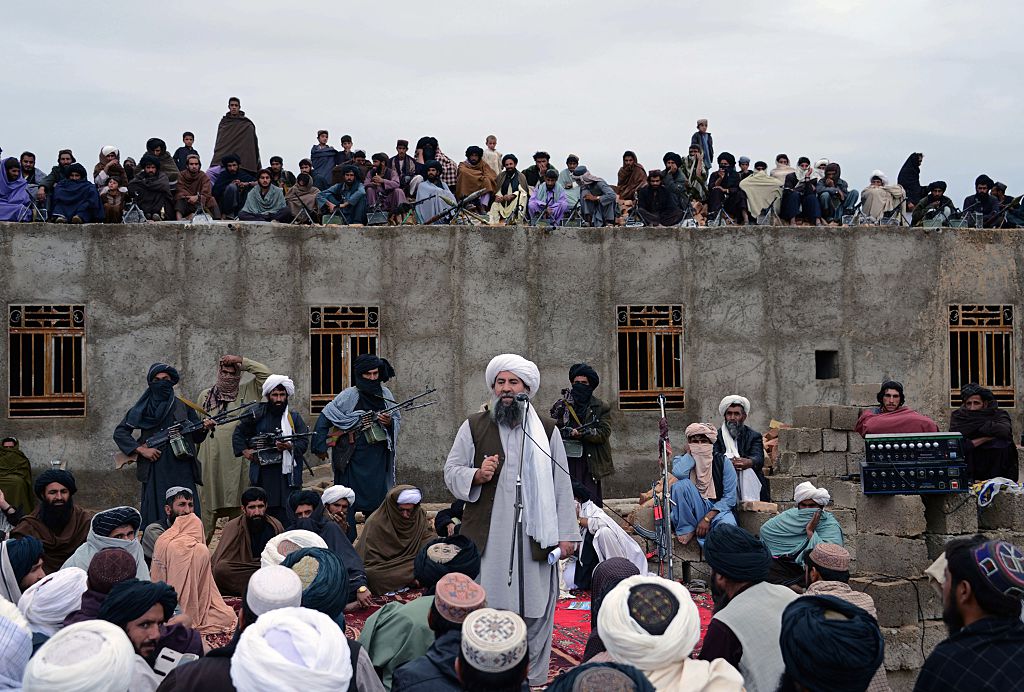
A U.S. "unarmed aircraft" killed a top Taliban commander in southern Afghanistan on Saturday night, the U.S.-led international military coalition in Afghanistan said Sunday. The Taliban and Afghan government confirmed the death of the commander, Abdul Manan, the Taliban's shadow governor in Helmand province. His death is the biggest loss for the Taliban since a U.S. drone strike killed Taliban leader Akhtar Mansour in Pakistan in 2016, The Wall Street Journal says. Manan's death, followed Sunday by airstrikes on a Taliban training camp in Helmand that killed at least 29 people, coincided with the start of tentative peace talks with the Taliban launched in July.
Some experts on the Taliban and Afghanistan said the killing of Manan could actually further peace talks. As shadow governor of Helmand province and its lucrative drug trade, Manan's access to large amounts of cash gave him and his hardline views an independent power base within the Taliban, and a peace deal would have hurt the him financially. But the death of Mansour in 2016 stalled peace talks, and other experts told the Journal that the deaths of previous Taliban leaders have had little long-term effect on their insurgency or talks to end the 17-year-long war.
A free daily email with the biggest news stories of the day – and the best features from TheWeek.com
The Week
Escape your echo chamber. Get the facts behind the news, plus analysis from multiple perspectives.

Sign up for The Week's Free Newsletters
From our morning news briefing to a weekly Good News Newsletter, get the best of The Week delivered directly to your inbox.
From our morning news briefing to a weekly Good News Newsletter, get the best of The Week delivered directly to your inbox.
Peter has worked as a news and culture writer and editor at The Week since the site's launch in 2008. He covers politics, world affairs, religion and cultural currents. His journalism career began as a copy editor at a financial newswire and has included editorial positions at The New York Times Magazine, Facts on File, and Oregon State University.
-
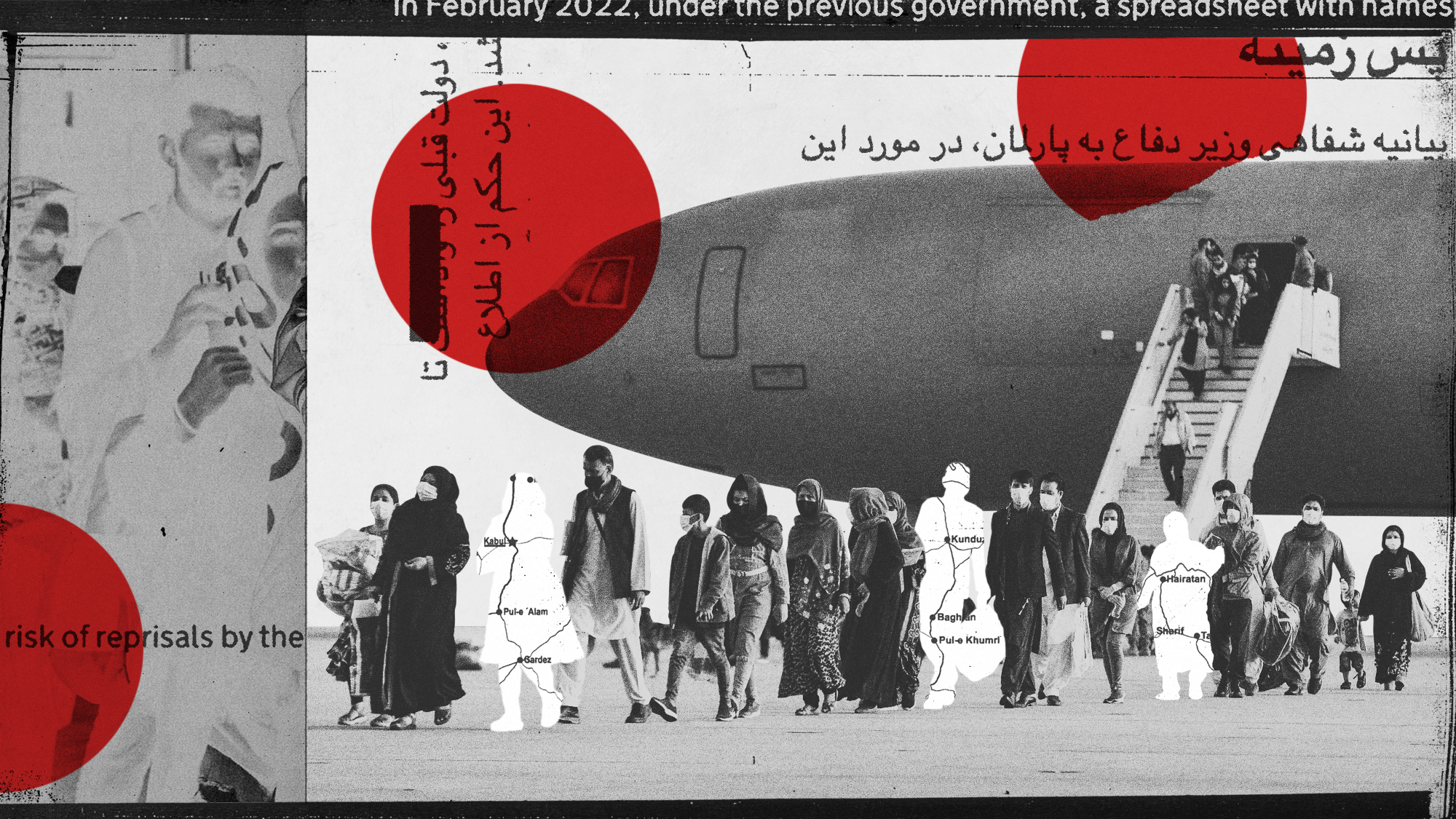 Operation Rubific: the government's secret Afghan relocation scheme
Operation Rubific: the government's secret Afghan relocation schemeThe Explainer Massive data leak a 'national embarrassment' that has ended up costing taxpayer billions
-
 British warship repels 'largest Houthi attack to date' in the Red Sea
British warship repels 'largest Houthi attack to date' in the Red SeaSpeed read Western allies warn of military response to Iranian-backed Yemeni rebels if attacks on ships continue
-
 Houthi rebels claim Red Sea ship attacks
Houthi rebels claim Red Sea ship attacksspeed read Iran-backed Yemeni group vows to escalate aggression towards Israel-linked vessels in revenge for Gaza war
-
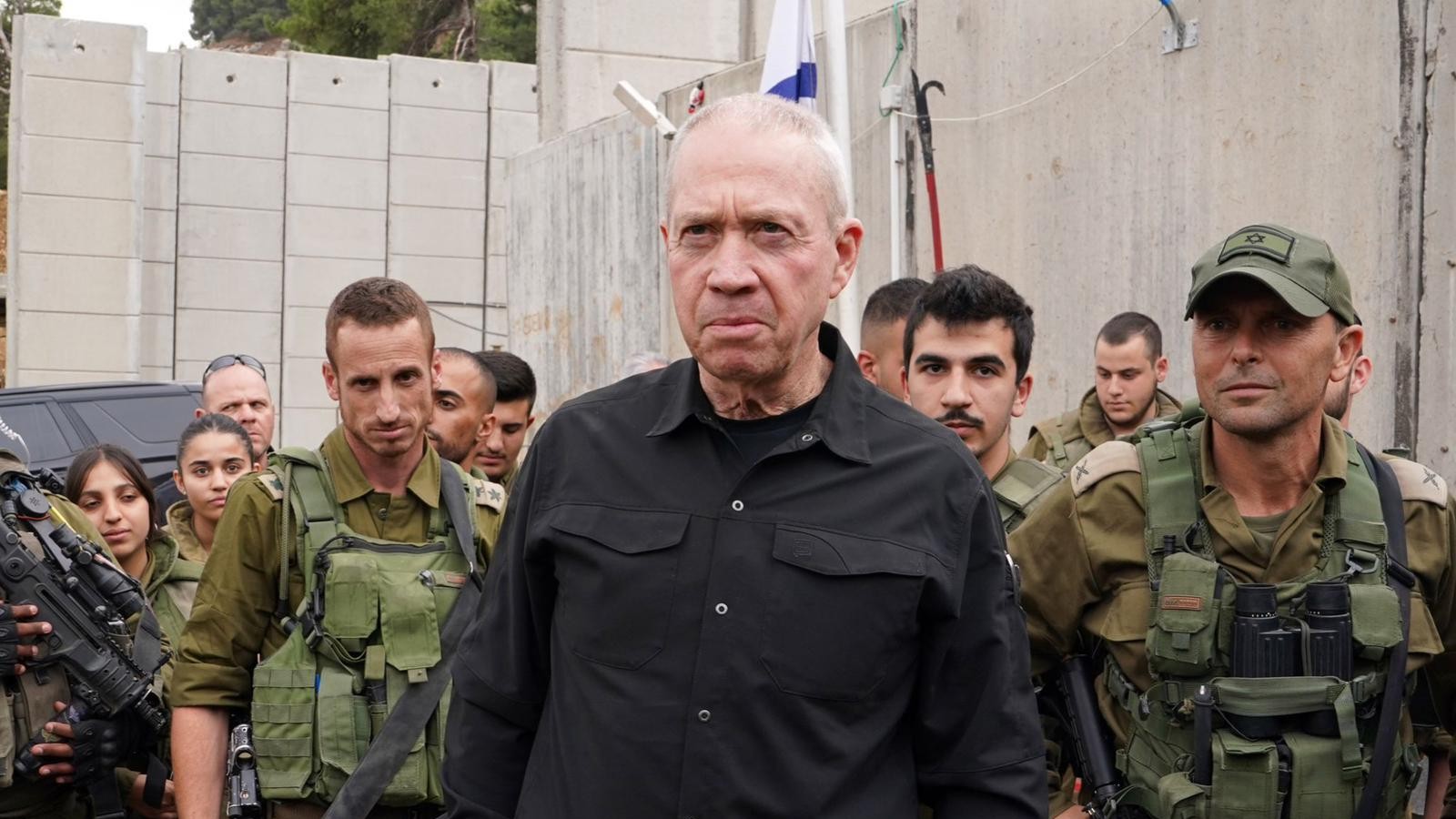 Israel plans next phase of Gaza war as first hostages released
Israel plans next phase of Gaza war as first hostages releasedSpeed read After four-day ceasefire 'we will not stop' until destruction of Hamas, says Israel
-
 Mob storms Russian airport 'looking for Jews'
Mob storms Russian airport 'looking for Jews'Speed Read Plane from Israel surrounded by rioters chanting antisemitic slogans after landing in Russia's Dagestan region
-
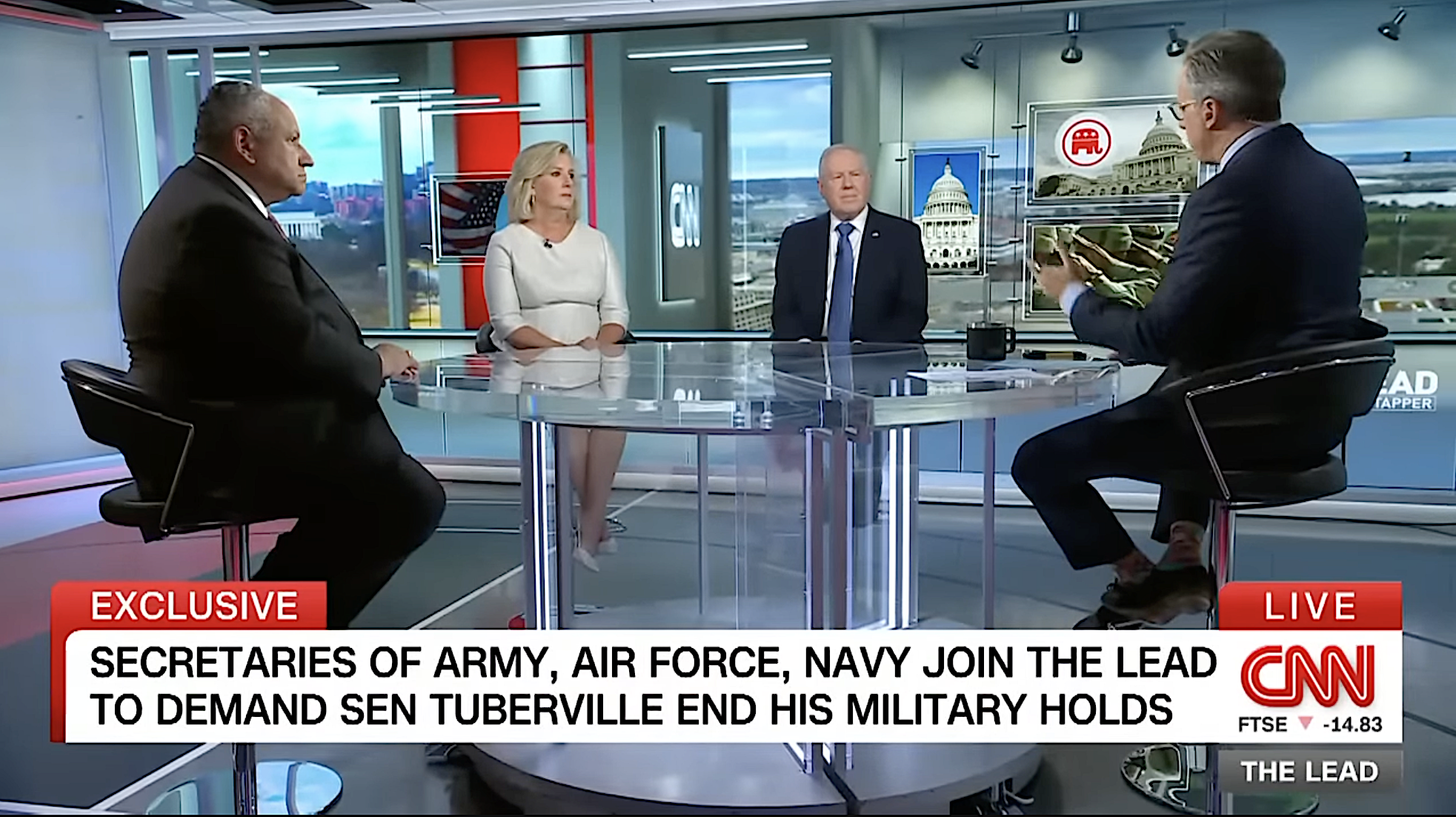 Tuberville's military promotions block is upending lives, combat readiness, 3 military branch chiefs say
Tuberville's military promotions block is upending lives, combat readiness, 3 military branch chiefs saySpeed Read
-
 Ukraine's counteroffensive is making incremental gains. Does it matter in the broader war?
Ukraine's counteroffensive is making incremental gains. Does it matter in the broader war?Speed Read
-
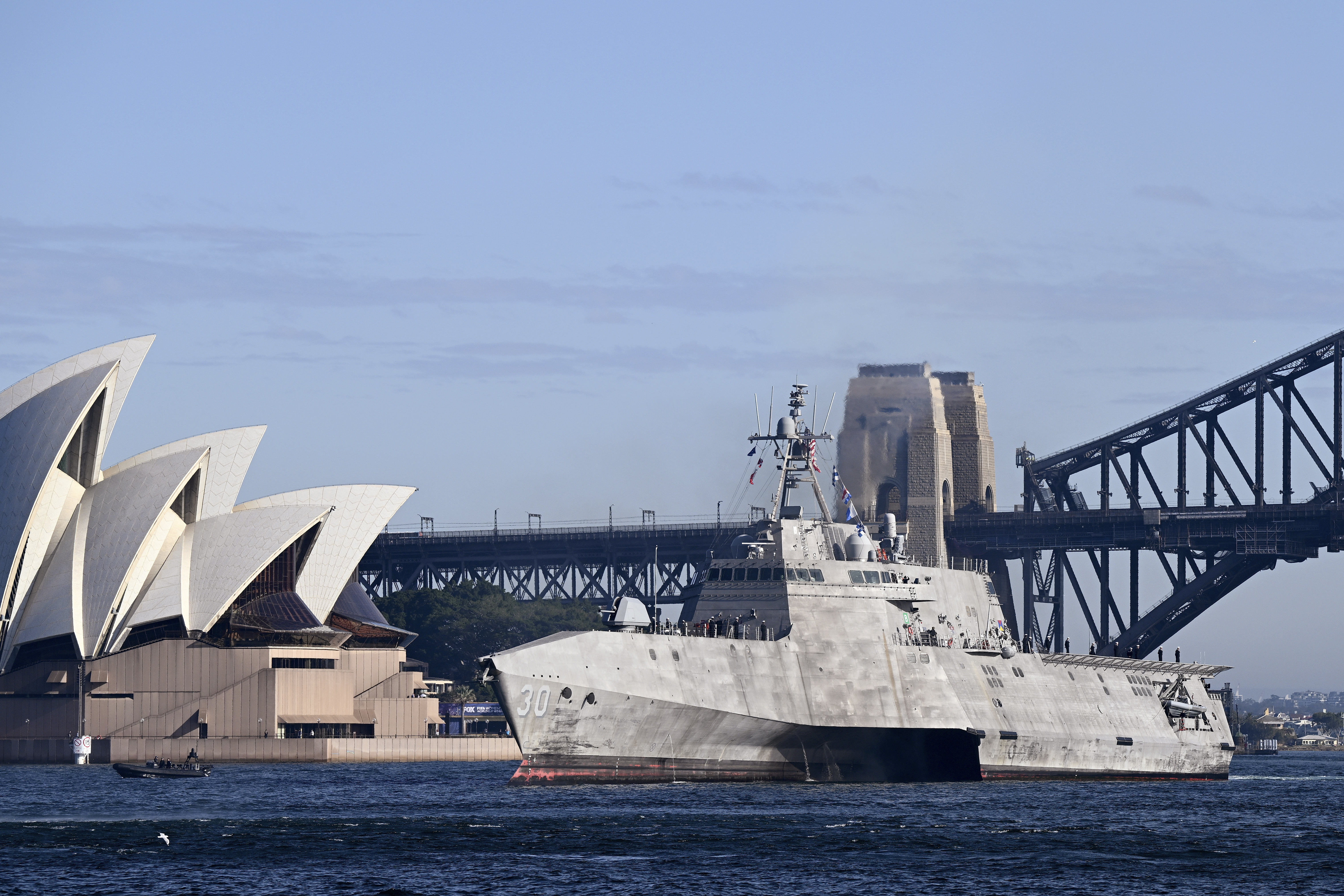 US commissions first-ever Navy ship in a foreign port
US commissions first-ever Navy ship in a foreign portSpeed Read



